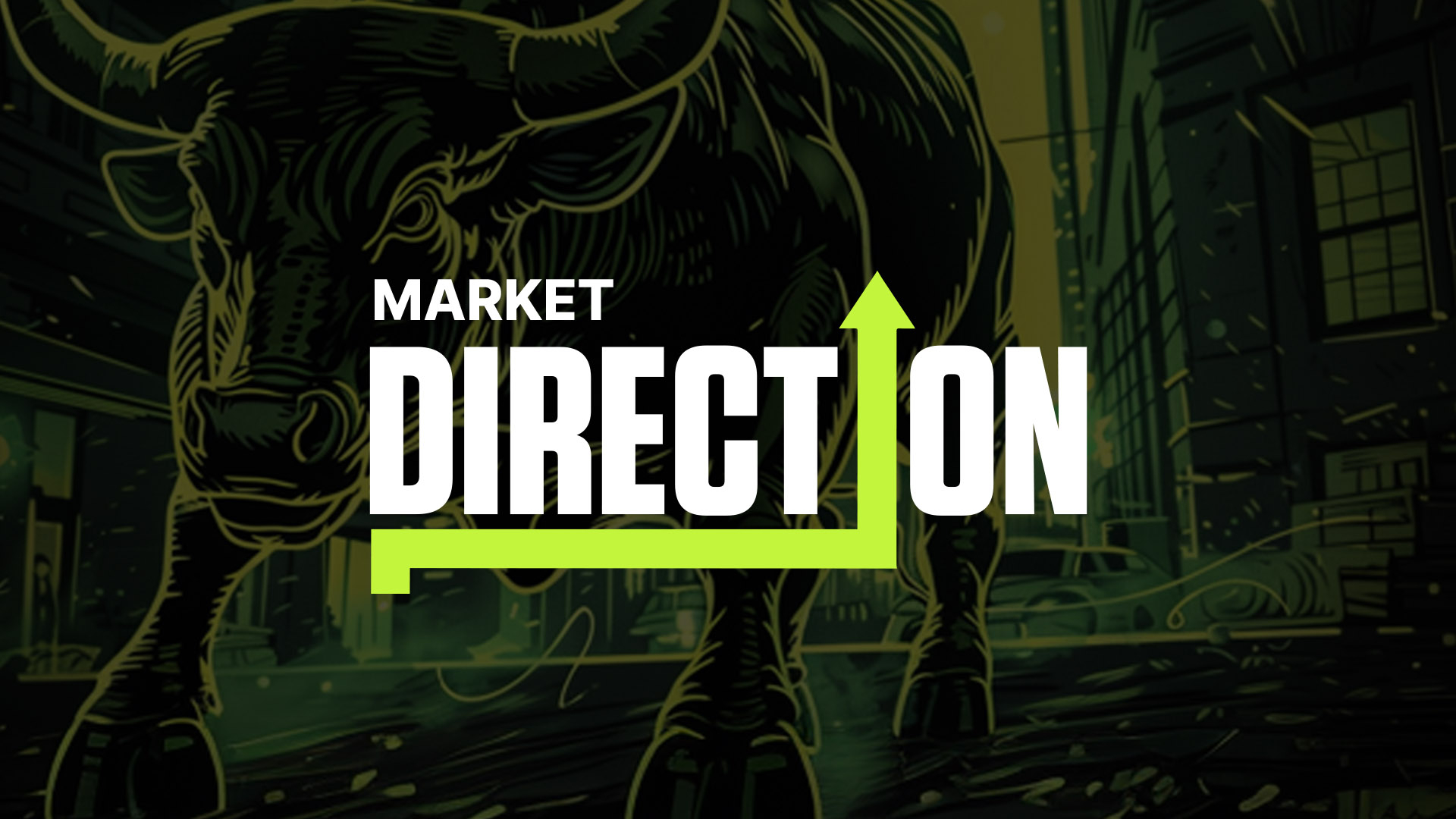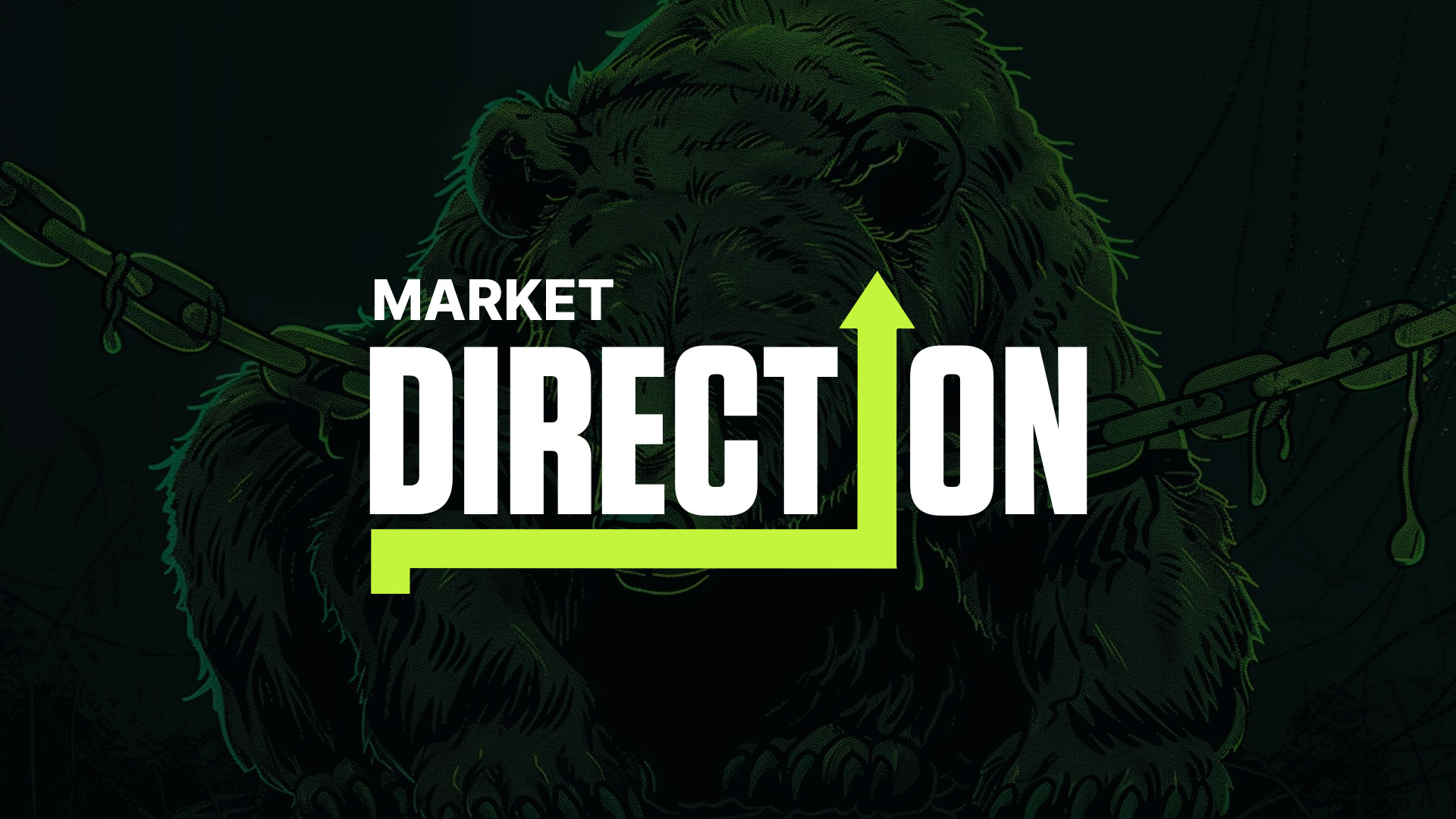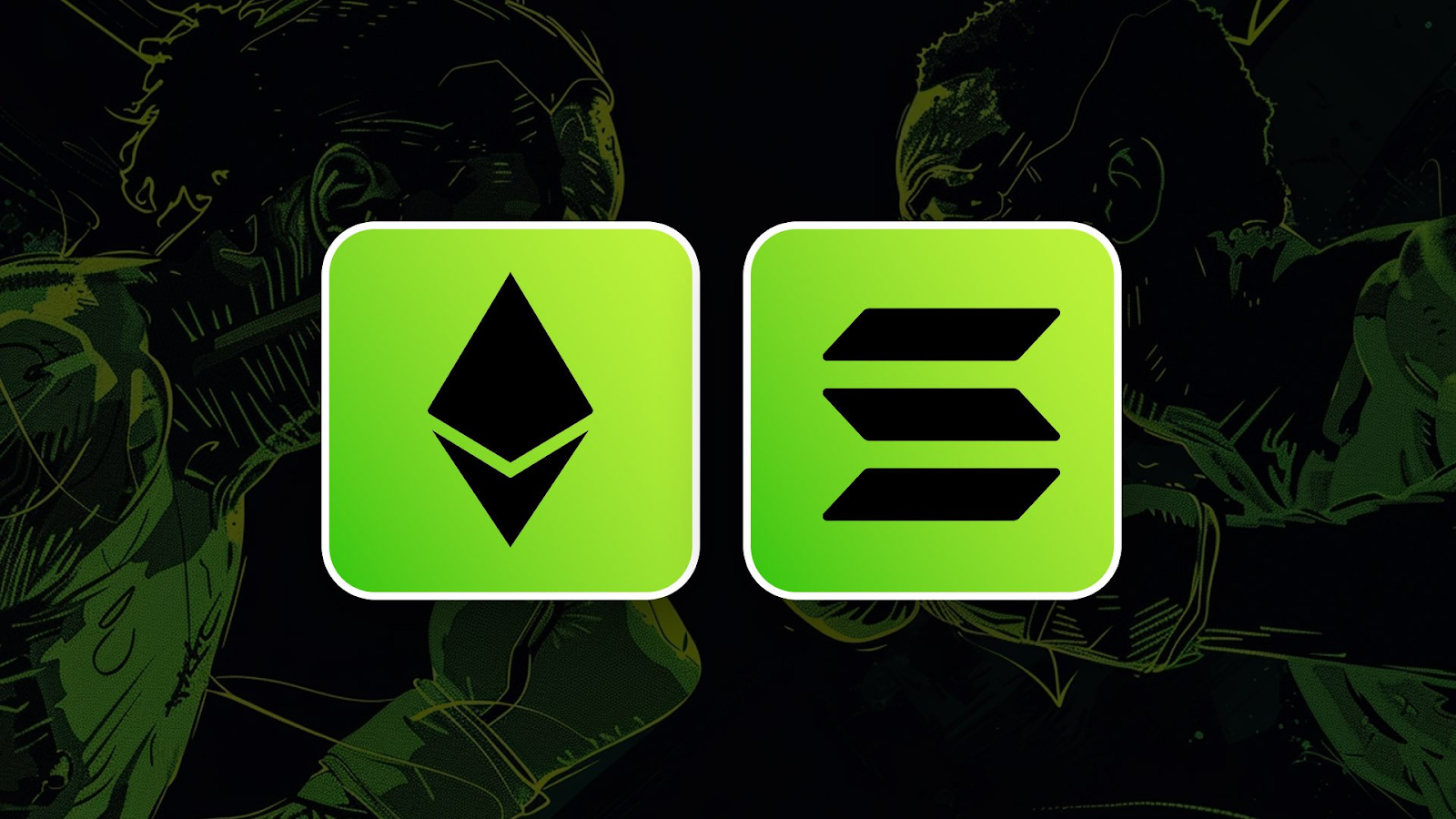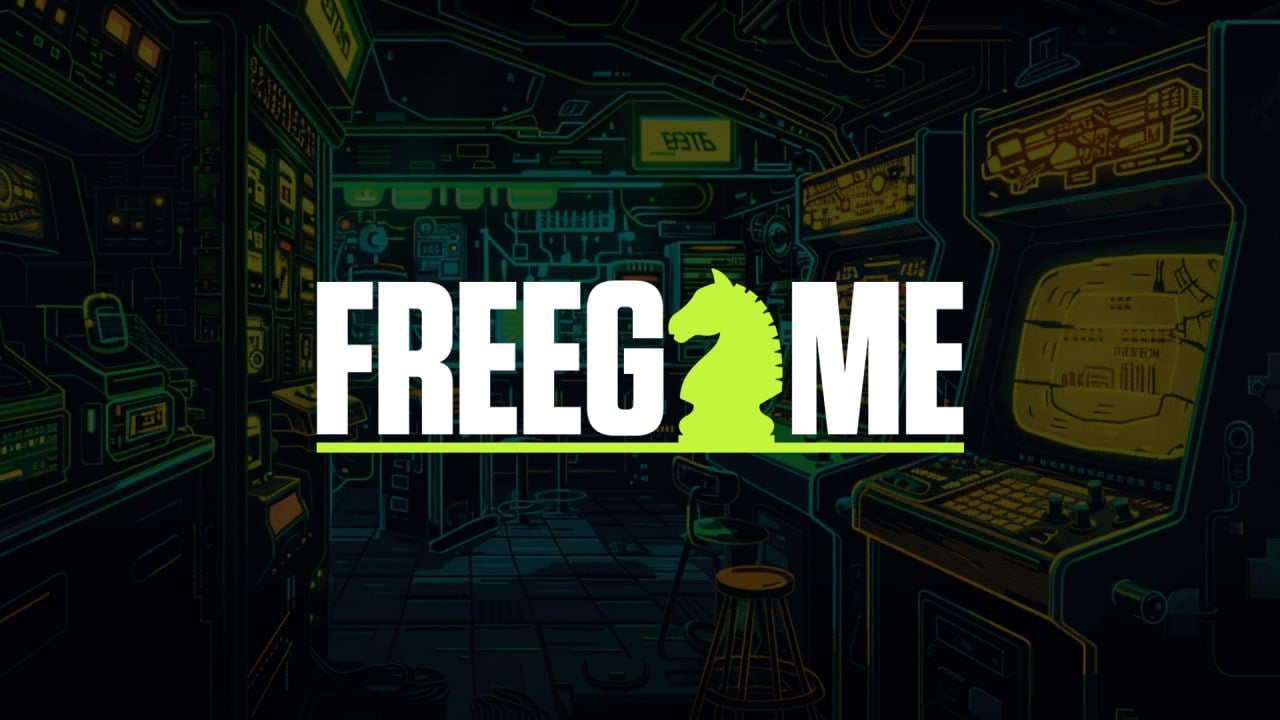
Introduction
In this session, we’re covering two essential metrics in futures trading—Funding Rate and Open Interest—to help you maneuver market volatility and manage leverage. Both tools reveal key market mechanics, giving you insight into buyer/seller bias and where leveraged positions are piling up.Spot Market vs. Futures Market
Let’s break down the basics:- Spot Market: When you buy Bitcoin here, you actually own the asset. You’re buying the “real” BTC, giving you ownership on the blockchain.
- Futures Market: Here, you’re trading contracts that settle on a future date, which lets you apply margin and leverage, increasing your exposure without directly owning Bitcoin. This is where funding rate and open interest metrics come into play.
The futures and spot markets are separate. The spot market operates without leverage, while the futures market can influence market sentiment due to leveraged buying and selling. Funding Rate Mechanics

The funding rate is a mechanism exchanges use to keep futures prices aligned with spot prices. It’s a fee either paid or received, depending on market dynamics:
- Positive Funding Rate: When buyers (longs) dominate, they pay the fee to short sellers. This reflects an excess of bullish leverage, which may push prices higher.
- Negative Funding Rate: When sellers (shorts) dominate, they pay the fee to long buyers, signaling bearish sentiment or selling pressure.
-
Understanding Open Interest

Open interest shows the total number of open futures contracts. It doesn’t distinguish between buyers and sellers but reveals how much leveraged exposure is being added to an asset like Bitcoin.
- Rising Open Interest: Indicates growing commitment and possibly increased volatility.
- Falling Open Interest: Signals positions being closed or liquidated.
-
Using Funding Rate and Open Interest Together
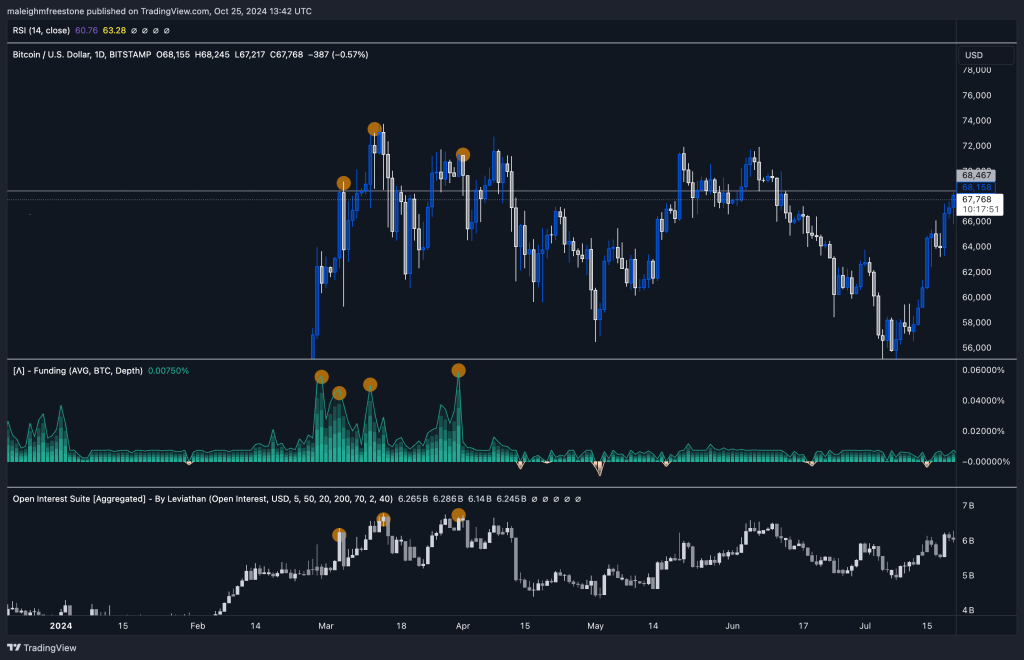
The power of these metrics lies in analyzing them together in context. Here’s how they can signal potential market moves: In the example above you can see where funding and open interest ramped up and we had pull backs on BTC as a result.
Scenario 1: Rising Open Interest + Positive Funding Rate
- What It Means: Long traders are adding leverage, showing bullish sentiment.
- Action: Monitor for overleveraging, which can lead to a “flush out” or correction if funding rates get too high and buyers exit en masse.
- What It Means: Short traders are driving leverage, reflecting bearish sentiment.
- Action: Consider the likelihood of a bearish move, as selling interest grows.
- What It Means: This setup often indicates market equilibrium with fewer leveraged positions, which could be a good time to consider buying.
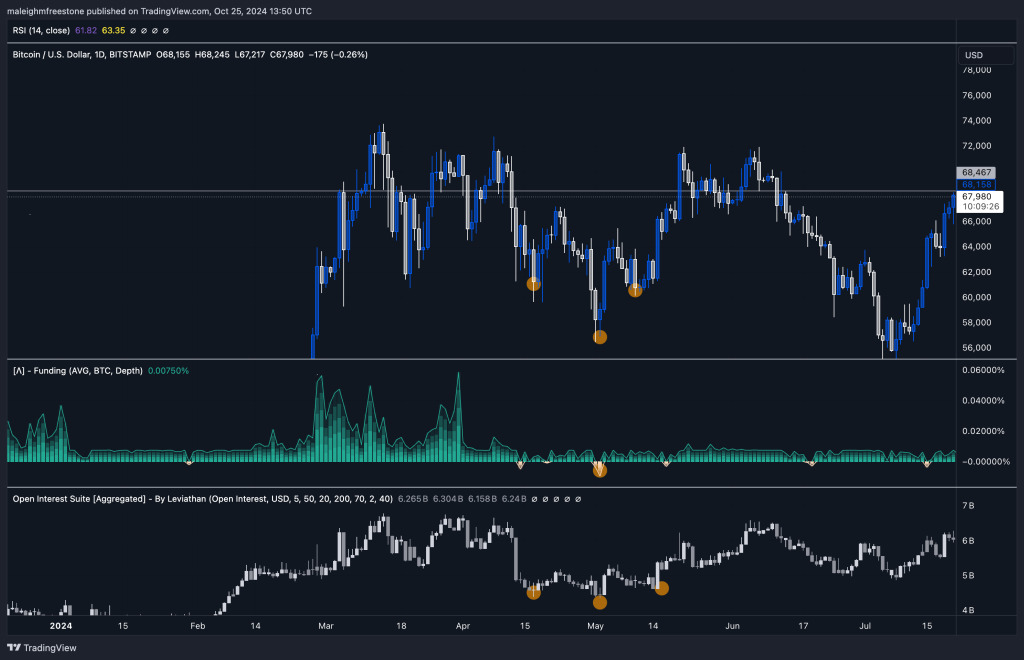
Real-World Application

Here’s an example to illustrate:
- All-Time Highs with High Funding Rate: Open interest and funding rates climb during euphoric times. Once funding spikes, it can lead to rapid sell-offs.
- Healthy Consolidation Zones: After a flush, funding and open interest settle back to equilibrium, creating healthier buying conditions.
- Bear Market Support Zones: When funding goes negative with low or flat open interest, it often aligns with market bottoms. This signals fewer leveraged traders and a more stable environment for buyers to enter.
- Practical Steps Using Coinglass
- Go to Coinglass and select Bitcoin or any asset you’re analyzing.
- Monitor funding rate & open interest changes as the price approaches significant levels.
- Watch for spikes in these metrics that signal increased leverage.
- Putting It All Together
Final Note: Look at the context of these metrics with every trade, just as you do with technical analysis. Tracking funding rates and open interest in alignment with support/resistance zones will sharpen your entries and protect against unexpected reversals.
Cryptonary’s Take:
Understanding funding rates and open interest is like seeing the market’s heartbeat. These metrics tell us who’s piling in and where leverage is stacking up, letting us spot shifts in sentiment before they hit the charts. When funding rates spike or open interest ramps up, it’s a red flag—those euphoric buyers or sellers are at risk of a flush-out, where we see big sell-offs or liquidations that clear out the overly exposed positions.
By catching these signals, we know when the market’s stretched too far and can avoid getting caught at the top. It’s all about timing our entries for when the market’s actually healthy, not when everyone else is piling in and pushing prices beyond sustainable levels. Using these metrics keeps us in sync with the market’s rhythm, letting us jump in when conditions are right and avoid the noise.
Leverage this data to sharpen your entry points, keep your risk tight, and align yourself with moves that have more room to run. It’s how we stay on the right side of market moves and keep stacking up quality trades.


